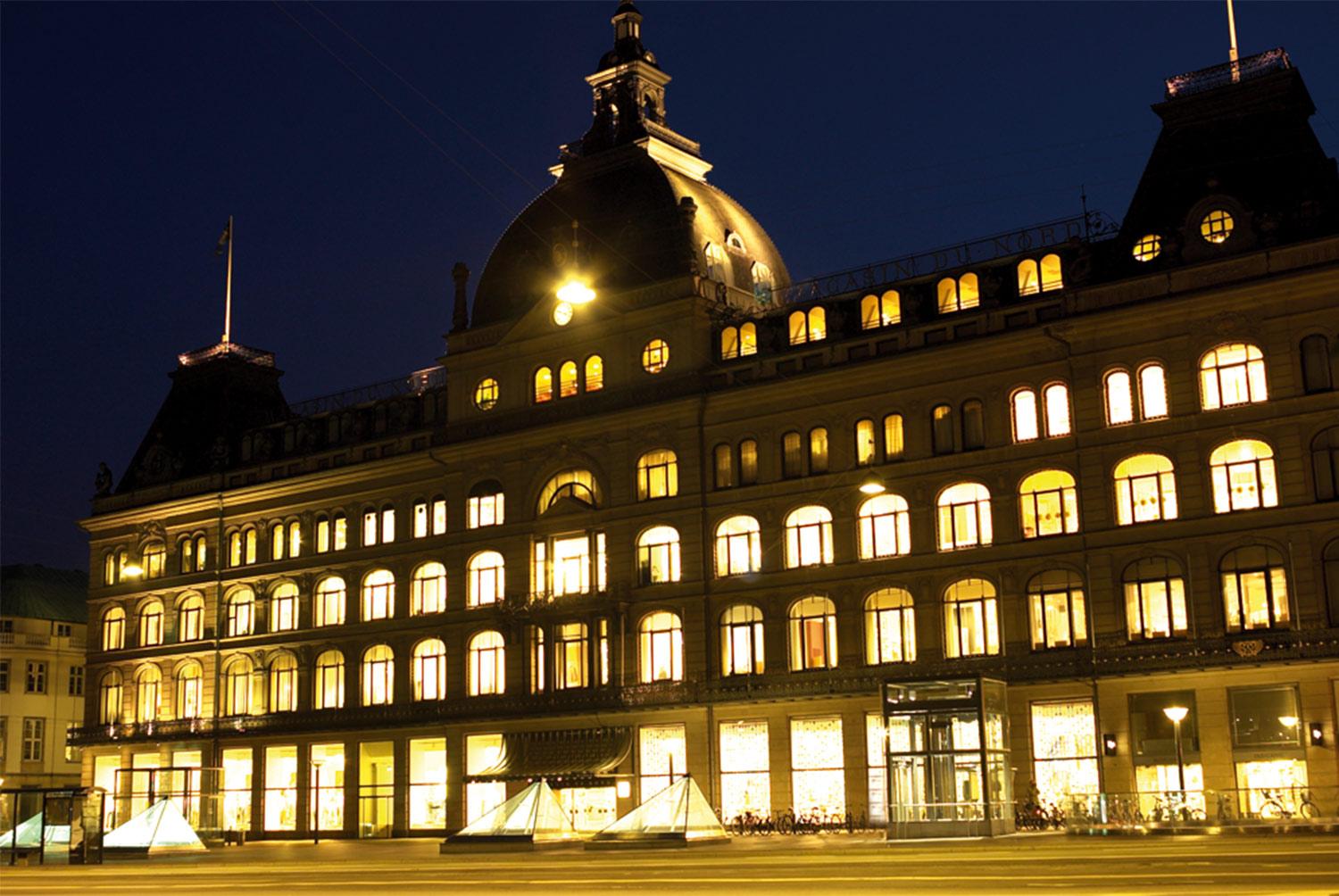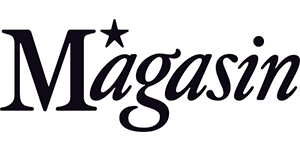
From manual to automatic

Software just has an ability that humans don’t. It sees and recognizes patterns that the human eye can’t even get close to. Peter Fabricius CFO Magasin du Nord

Optimize the stock
SAS helps retailer with logistics and re-ordering products that are crucial to maintain stocked shelves 24/7.
Magasin achieved this using • SAS Inventory optimization • Forecast Server
Automated system releases resources for a more fulfilling customer experience
Logistics and re-ordering products are crucial to maintain stocked shelves 24/7. As a retailer, you do not want your customers to go in vain. When customers experience these types of setbacks it makes them doubt the concept or the company and it can be a long and hard journey back to becoming a likeable and trustworthy brand or company again.
No customer should go in vain
Based on previous reports made by Magasin Du Nord showing a high number of customers going in vain when the garments they were seeking were sold out, the department store decided that it would be wise to implement a new IT-system delivered by SAS Institute. The purpose of the system was to optimize the stock, bringing about less sold out situations and at the same time release the hands of the staff on the floor to give them more time to interact with customers and spend less time on logistics. Happy employees who do not need to worry about re-ordering and other practical issues deliver a much more targeted and unique customer experience.
From manual to automatic
The department store sells both interior design, fashion and food, meaning that purchase patterns, delivery times and the space requirements vary very much between the different product categories. The IT-system facilitates the process of stocking stores by automatically re-ordering products based on analytics and calculations. The solution receives fresh data on sales and inventory and provides an automatic proposal for procurement of all replenishment products taking variables such as season, geography, and trends into account.
The solution delivered by SAS Institute provides two main functions;
First, the function which is also the key and more basic function is to re-order products that are almost out of stock. A primary function that allows the shop managers to focus on other tasks and processes that cannot be automated. Areas where only a human’s touch can deliver the exact experience.
Second, and the more advanced part of the system is that it uses algorithms to predict when the department store needs to buy new goods based on what the system expects is going to happen in the future.
In practice, the systematized process has given Magasin an opportunity to revise and correct errors in the internal processes. Also, Magasin’s stock bond goes down in general, without more customers going in vain to the store. When automating the “back”-end of the store you automatically optimize the “front” of the store. Meaning that the staff has a greater focus on customer service and unique experiences for all individual customers instead of spending their time on analysis and ordering. The Challenge Magasin faced was manual and decentralized ordering without the use of data and advanced forecasting. With SAS Inventory optimization and Forecast Server Magasin automatically receives sales and stock data and is able to suggests automated replenishment for all seven department stores. The Benefits are that the merchandisers are freed to focus on the customer and inventory levels are reduced without customers experiences empty shelves.
Software just has an ability that humans don’t. It sees and recognizes patterns that the human eye can’t even get close to. Peter Fabricius CFO Magasin du Nord
Magasin du Nord – Facts & Figures
7
Magasin du Nord have 7 department stores in Denmark
1868
Magasin du Nord is founded in 1868
1150
Magasin du Nord have aproximately 1150 employees
The results illustrated in this article are specific to the particular situations, business models, data input, and computing environments described herein. Each SAS customer’s experience is unique based on business and technical variables and all statements must be considered non-typical. Actual savings, results, and performance characteristics will vary depending on individual customer configurations and conditions. SAS does not guarantee or represent that every customer will achieve similar results. The only warranties for SAS products and services are those that are set forth in the express warranty statements in the written agreement for such products and services. Nothing herein should be construed as constituting an additional warranty. Customers have shared their successes with SAS as part of an agreed-upon contractual exchange or project success summarization following a successful implementation of SAS software. Brand and product names are trademarks of their respective companies.
